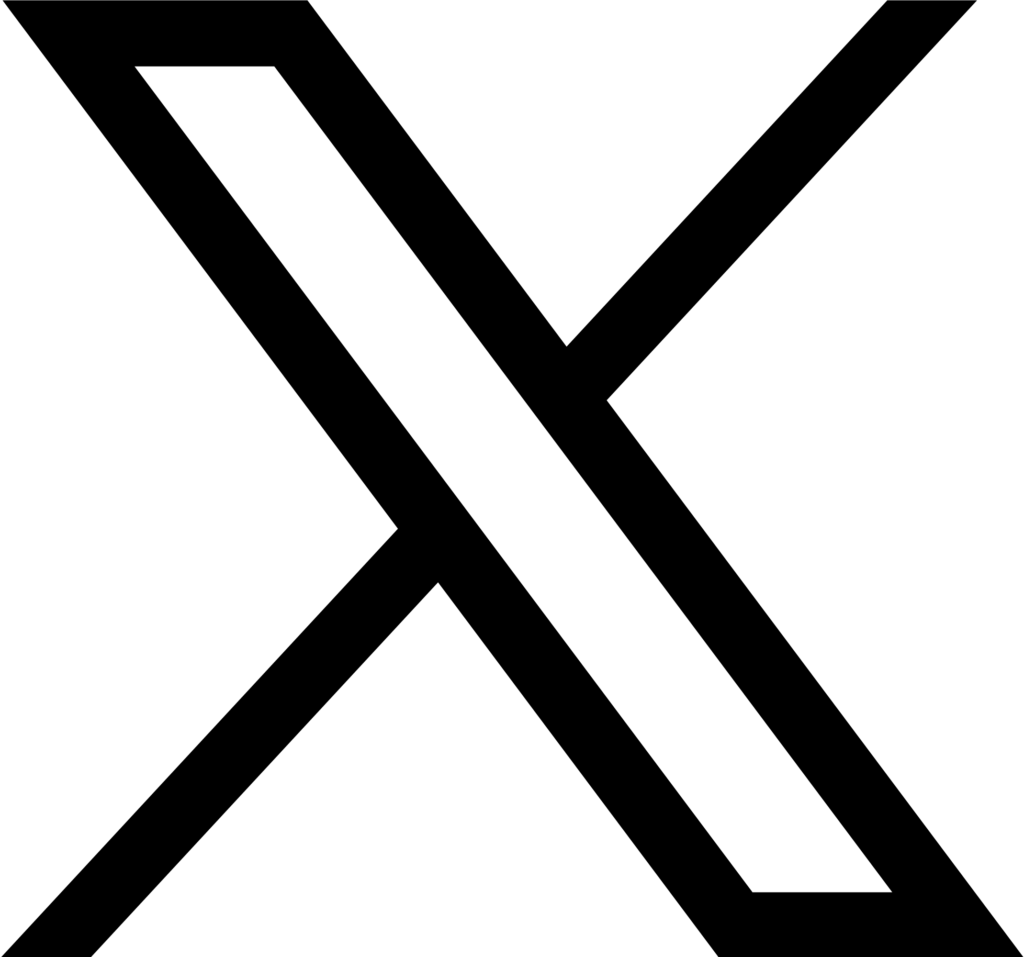QPPV – this mysterious abbreviation identifies the most crucial person involved in the whole process of monitoring of safety of drug products, that is pharmacovigilance. The Qualified Person Responsible for Pharmacovigilance (QPPV) is responsible for the creation and management of the whole system ensuring the safe use of medicinal products both in humans and animals. In this article, we would like to describe in scratch the role and responsibilities of the QPPV.
Who can become the QPPV?
According to European legislation QPPV shall be:
- a natural person,
- adequately qualified,
- at permanent and continuous disposal of the marketing authorization holder.
The QPPV not only should demonstrate a level of theoretical and practical knowledge for the management of the pharmaceutical system but also reveal high proficiency in the area of medicine, pharmaceutical sciences, epidemiology and biostatistics [1].
In the case of human medicinal products – this person should complete basic medical training [1] (should be a physician [2]) or be supported by a MD. This cooperation should be adequately documented [1].
When it comes to products for use in animals – QPPV should be a veterinarian (in line with requirements of the Directive 2005/36/EC [2]) or be supported by a veterinary surgeon which shall be adequately documented [3].
QPPV is responsible for the proper performance of the whole PhV system of the pharmaceutical company, so should have permanent access to the most important document – Pharmacovigilance System Master File (PSMF), which is a detailed description of all processes including, but not limited to collection of adverse drug reactions in human PhV or adverse events in veterinary PhV form the spontaneous reports and the medical literature, analysis of all cases in search of safety signals, identification of potential risks related to administration of medicinal products [3], [4]. Tasks involved in continuous monitoring of the safety of medicinal products may be delegated by QPPV to other, properly trained individuals but still, QPPV maintains oversight over the functioning of the system. This delegation should be properly documented [5] [6].

What are the key responsibilities of the QPPV?
Duties of the QPPV to be covered:
- the timely submission of adverse reaction reports to EudraVigilance database;
- being aware of the emerging safety concerns and safety profiles of the medicinal products;
- being aware of all risk minimization measures, conditions or obligations adopted as part of the marketing authorisations;
- having sufficient authority over the content of risk minimisation plans;
- being involved in the whole safety-related concerns being part of the post-authorisation safety studies, e.g. having awareness of the study, reviewing and signing off of protocols, being acknowledged with results of the study;
- submission of all pharmacovigilance related documents within proper timelines and in accordance with legal requirements;
- full and timely response to all requests issued by the competent authorities and providing all relevant information influencing the risk-benefit evaluation of the medicinal products involved in the pharmacovigilance system;
- contribute to all regulatory actions related to safety concerns – variations, safety restrictions, communication to patients or healthcare professionals;
- acting as a contact point on a round-the-clock basis for the competent authorities and as a contact point for pharmacovigilance inspections [1].
Responsibilities of the QPPV involved in veterinary pharmacovigilance are similar and include:
- maintenance of the quality system in pharmacovigilance in the aspect of quality control, standard operating procedures,
- preparation and maintenance of PSMF,
- reporting adverse events to the database
- signal detection,
- post-marketing studies,
- contribute to all regulatory actions related to safety concerns – variations, safety restrictions, communication,
- training of personnel in the field of pharmacovigilance [7].

Does each pharmaceutical company have to employ a QPPV?
The marketing authorisation holder (MAH) may employ the QPPV, but not necessarily. Certain activities related to pharmacovigilance may be subcontracted to third parties – other specialised organisations, such as SciencePharma (please find a description of our service here), or individual persons. This includes the role of the QPPV. The MAH should retain full responsibility for the proper functioning of the monitoring of drug safety [4].
When subcontracting PV tasks to other organisation – the MAH should draw up detailed agreements clearly describing the responsibilities of each party. These contracts should always be kept up-to-date. Information regarding such an agreement should be included in the PSMF [1] [3].
Summing up – the QPPV is a person involved and responsible for the whole process of monitoring the drug safety who plays a crucial role in each single activity related to pharmacovigilance beginning from collecting single adverse reaction reports to submission of complex reports or analysis of the whole benefit risk-balance of the products included in the system. The responsibility of the QPPV is broad, his or her tasks should be performed with due care by a highly educated and experienced person. Due to that if the MAH does not employ such a person, the best solution is to entrust this task to an experienced pharmacovigilance provider.
References:
- Good pharmacovigilance practices (GVP) Module I
- Directive 2005/36/EC
- Commission Implementing Regulation (EU) No 2021/1281
- Commission Implementing Regulation (EU) No 520/2012
- Directive 2001/83/EC
- Regulation (EU) 2019/6
- Guideline on veterinary good pharmacovigilance practices (VGVP) Module: Pharmacovigilance systems, their quality management systems and pharmacovigilance system master files


